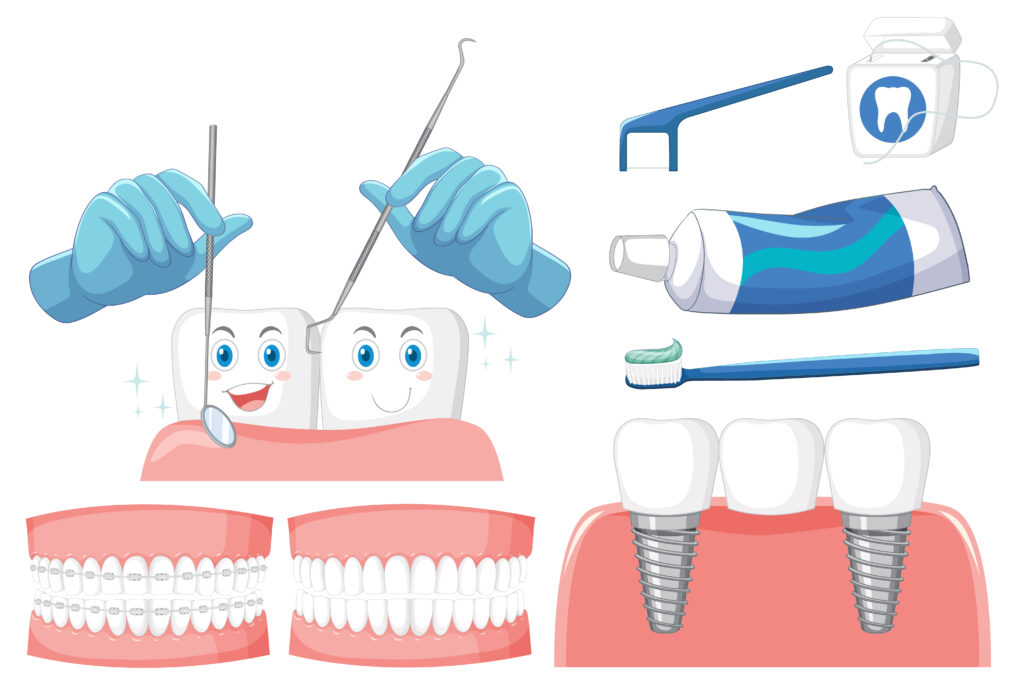Introduction
Bone grafting is an important procedure in medical and dental surgery. It’s needed when someone is missing or damaged bone tissue. Let’s look at why it’s done, who might need it, and what happens during the procedure. We’ll also talk about other options besides bone grafting and what risks and benefits come with it. Plus, we’ll talk about how people recover afterward and any new cool stuff happening in bone grafting technology. So, stick around to learn more about this important medical treatment!
Bone Grafting
Definition of Bone Grafting
Bone grafting is like giving your body’s natural building blocks a little boost. It involves transplanting bone tissue to help heal and strengthen areas where there is bone loss or damage.
Purpose of Bone Grafting Procedures
Think of bone grafting as the handyman of the medical world, fixing up weakened bone structures. The main goal is to promote new bone growth, support healing, and prepare the foundation for procedures like dental implants.—
2. Common Reasons for Bone Grafting
Missing or Damaged Bone Tissue
Sometimes when we get hurt or sick, our bones can get damaged or go missing. It’s like when you lose a piece of a puzzle. Bone grafting is like finding a matching puzzle piece to fill in the gap and make your bones strong again.
Promoting Bone Regrowth
like a garden needs fertile soil to grow beautiful flowers, our bones need a solid base for regrowth. Bone grafting provides that support by encouraging the body to lay down new bone tissue.
Preparing for Dental Implants
Getting dental implants is like building a house – you need a strong foundation. Bone grafting can help thicken and strengthen the jawbone, creating a sturdy base for those pearly whites.—
3. Candidates for Bone Grafting
Patient Evaluation and Assessment
Before doctors start fixing bones with grafts, they first check how strong the bones are and what exactly needs fixing. It’s a bit like when a tailor makes a suit that fits someone.
Medical Conditions that May Require Bone Grafting
Certain medical conditions like osteoporosis, trauma, or tumors can weaken our bones. In such cases, bone grafting may be recommended to reinforce and restore the affected areas.—
4. Alternatives to Bone Grafting
Bone Graft Substitutes
If you’re not a fan of the traditional bone grafting route, fear not! There are alternatives like synthetic bone graft substitutes that can also do the trick of promoting bone growth and healing.
Regenerative Procedures
If you want to fix bones in a cool, futuristic way, regenerative procedures can help. They use the body’s healing abilities to make bones grow back. It’s kind of like giving your body a friendly nudge to start fixing it.

5. Risks and Benefits of Bone Grafting
Potential Risks and Complications
When doctors do bone grafting, there might. Be some problems that could happen, like infection, allergies, hurting nerves, or bones not healing. Before you choose to do it, talk to your doctor about these things that could go wrong.
Benefits and Long-Term Outcomes
Even though it might seem a bit scary, bone grafting can be helpful in many ways. It can make your bones stronger, which is good for your teeth and gums. It also helps if you need dental implants. Plus, it can make your face look better and help you chew your food. So, even though there are some risks, bone grafting can make a big difference in how you feel and look in the long run.
6. Recovery and Aftercare Following Bone Grafting
Post-Operative Care Instructions
After you get bone grafting surgery, it’s super important to do the right things afterward so you can get better.
1. Take the medicines your doctor gives you.
2. Keep your mouth clean.
3. Don’t do any heavy activities that could strain you.
4. Make sure you go to your check-up appointments with your doctor.
Doing these things will help you avoid problems and make sure you heal up well.
Expected Recovery Timeline
After getting a bone graft, how long it takes to heal depends on you and how much was done. At first, it might take a few days to weeks to start feeling better. During this time, you might have some swelling, and pain, and need to be careful about what you eat. It could take several months for the graft to become part of your bone. Your doctor will keep an eye on how you’re doing and tell you when you can go back to doing everything you used to do.
7. Future Trends in Bone Grafting Technology
Advancements in Bone Graft Materials
Scientists are always finding better stuff to fix bones. They’re trying out new things like fake bone stuff and special things that help bones grow faster. These new materials want to make sure fixing bones goes for people who need it.
Innovations in Surgical Techniques
New ways of doing bone grafts are getting better and better. Doctors now use tiny cuts, special computer help, and 3D printing to make bone grafts easier and more precise. These new methods mean surgeries are quicker and more exact, and patients get better results. With technology getting even better, bone grafts are becoming safer and work even better for people who need them.
conclusion
Bone grafting helps fix bones by making them stronger. It’s like giving the bones a boost to work better. People can decide if bone grafting is right for them by thinking about the good things it can do, as well as any possible problems or other options. In the future, bone grafting might get even better with new technology. As doctors learn more and come up with new ideas, bone grafting will keep on helping people with bone problems.